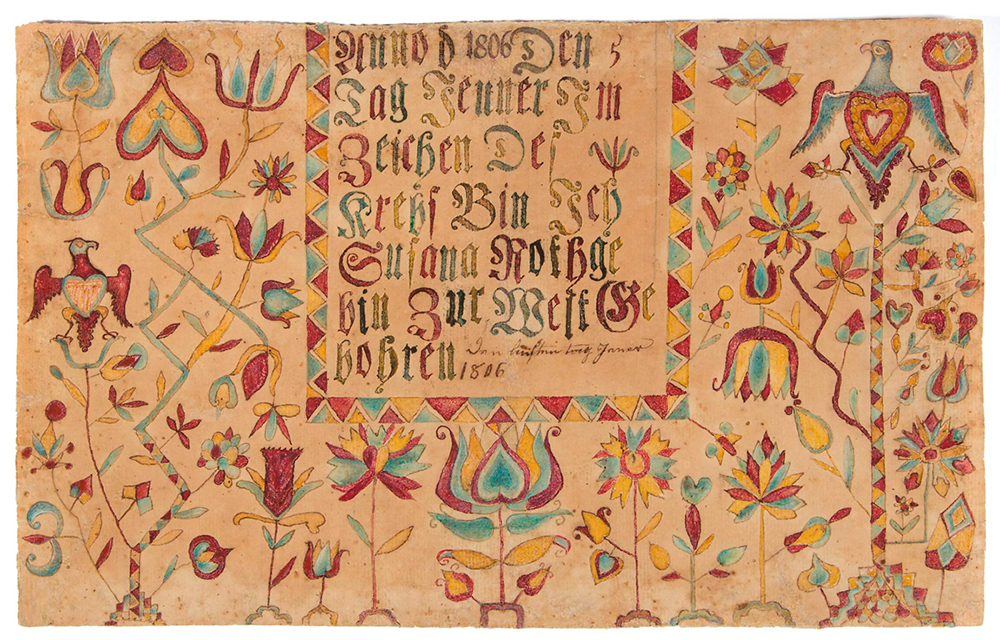"...I stood in the presence of the great guiding light of the age." Judge Joseph Mills
I have lived with Abraham Lincoln and his cabinet for over a year. I savored each episode as one holds a sip of fine wine on one's tongue. I held each sparkling story in my mind before I read on. Instead of my usual gallop through a book, I read in a week what I usually would read in an evening.
"I consider the central idea that is upon us, of proving that popular government is not an absurdity. We must settle this question now, whether in a free government the minority have the right to break up the government whenever they choose. If we fail it will go far to prove the incapability of the people to govern themselves." Abraham Lincoln
Many men wanted to be president. Some took it for granted that they would be elected the presidential candidate for the new Republican party. When the least likely candidate won there were some hard feelings. No one expected much of Lincoln. When William Seward lost to Lincoln, and was asked to take the position of Secretary of State, Seward thought he would be the power behind the throne. Instead he became Lincoln's greatest supporter and admirer and his close friend.
Team of Rivals by Doris Kearns Goodwin is about how Lincoln used the skills of his political foes for the good of the country. It is also a moving portrait of a remarkable leader of great insight, intelligence, and constraint.
Secretary of War Edwin Stanton was a Quaker by birth and pacifist by nature. Lincoln himself was considered 'soft-hearted' and saddened by the human toll of war. "Doesn't it strike you as queer that I, who couldn't cut the head off a chicken, should be cast into the middle of a great war, with blood flowing all around?" "There could be no greater madness," Stanton said, "than for a man to encounter what I do for anything less than motives that overleap time and look forward to eternity."
A government by the people, for the people. It was an experiment worth even the blood of the people to ensure it's success. The Confederacy considered itself a separate country. If the Federal Government valued peace over unity, it would not last. The Civil War was a war to end all possibility of war among the states of America.
Treasury Secretary Salmon Chase was a radical abolitionist who sought the presidential nomination and lost to Lincoln in 1860. In 1864 he conducted a secret bid to be a presidential candidate running against Lincoln. Lincoln understood Chase's desperate need for recognition, and although Chase was no end of trouble, he respected the man's abilities. After Chase has resigned from the cabinet Lincoln offered Chase the position of Supreme Court Chief-Justice. Not because Lincoln wanted to reward Chase, but because "the decision was right for the country." Lincoln was that great a man that he could put aside personal feelings, toss off all prejudices, and view choices from the greater perspective of eternity. It was Chief-Justice Chase who swore in Lincoln at his second inauguration!
I dreaded those last pages, the death of Lincoln. But I knew what had happened to Abe and his family afterwards, I had read stories and books and seen the documentaries. What I was not prepared for was the assassination attempt on Secretary of State William H Seward. He was bedridden after a brutal carriage accident left him with a broken jaw and shoulder. The assassin pushed his way into the sickroom. Seward's son Frank tried to protect his father and the assassin slashed him with a knife. Frank died of his injuries. I was sadly ignorant of Seward, except for knowledge of "Seward's Folly", the purchase of Alaska, but Goodwin's portrait of Seward and his importance to Lincoln and the country caused me to shudder and nearly come to tears when I read about the assassination attempt, which took place at the same time as the assassination of Lincoln.
Indeed, all of the men who served with Lincoln are so vividly drawn we come to know them and esteem them as Lincoln did.
President Lincoln. His is a mythic presence across the world. Goodwin's book makes it clear what kind of man he was, how he operated as a political leader, and plumbs his deep humanity.
The movie Lincoln was a wonderful film BUT movies are entertainment, and even when based on excellent motives, are made to make money. One should be always aware that not everything in a movie is historical fact. Art can move a viewer in ways most historical writing can not, and if the viewer then seeks to learn more, opens to new ideas, experiences a new awareness, then art has served its purpose. At times, mostly during the war, I did bog down, but overall Goodwin's characterizations were deeply drawn and her portrait of Lincoln made me believe I really know him as a man, a politician, a leader, and as the moral compass of an age.
For some insights into historical bloops in the movie read
http://www.thedailybeast.com/articles/2012/11/22/what-s-true-and-false-in-lincoln-movie.html
http://www.thenation.com/blog/171461/trouble-steven-spielbergs-lincoln#
http://www.smithsonianmag.com/history/mr-lincoln-goes-to-hollywood-82330187/?no-ist
Visit the Doris Kearns Goodwin's website at http://www.doriskearnsgoodwin.com/books.html#team-of-rivals
Note: I read Goodwin's book No Ordinary Time: Franklin and Eleanor Roosevelt: The Home Front in World War II when it came out and it is remarkable. And I read it quite quickly! Her book Lyndon Johnson and the American Dream was the first LBJ book I read. I have been fascinated by LBJ ever since mock election in junior high when I was told about his Great Society dream. I have Robert Caro's The Passage of Power on my shelf to be read. His Master of the Senate was one of the most remarkable books I have read.
















